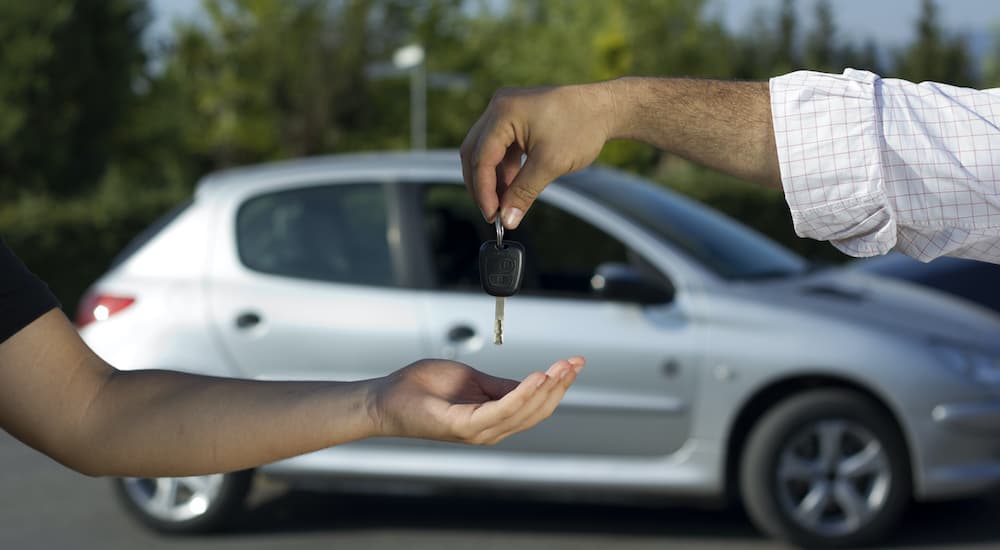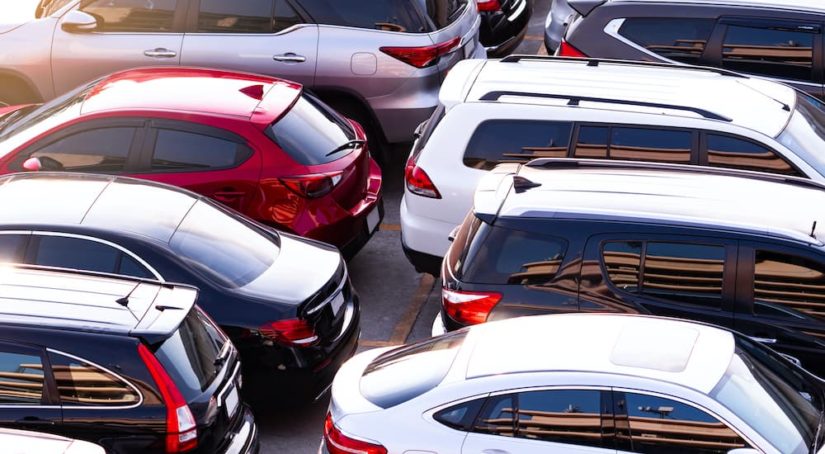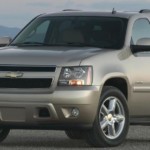Divining whether or not a car is likely to be reliable for the period you’ll be owning it is not as hard as it may seem, but many of the standard measurements people tend to use are often wrong. Do cars last longer than 100,000 miles? Is anything over a decade old about to explode? As with many things, the answer is that it depends. But if you know how and why it depends, you have everything you need to find a good deal at a used car lot.
First off, there are two questions often asked about the viability of used cars. One is “Does mileage matter on used cars?” and the other is “What’s more important, age or mileage?” Simply put, mileage and age are good for different evaluations and best when used in tandem. Mileage by itself is not as useful as it seems, but when comparing mileage to the age of the car, it is often possible to figure out how the car was used.
Use Cases and Circumstances
Generally speaking, most normal passenger cars are driven roughly 10,000 miles per year. Cars with dramatically more than that amount of miles per year, especially those less than five years old, have been driven almost exclusively on the highway. These highway miles are often somewhat rough on the aesthetics of the front of the vehicle, as the car punched through tens of thousands of miles of air and everything in that air, but they are generally the easiest miles a car can travel mechanically. The older a vehicle is, the less likely its higher than average annual mileage is due solely to highway use, but it is still almost certainly a contributing factor. In essence, this means that newer higher-mileage vehicles are generally good buys, as long as one can stomach the possible erosion of paint on the front bumper.
Older vehicles with lower mileage are much less common but often offer the best bang for your buck. A ten or fifteen-year-old car with only 2,000 or 5,000 miles per year was babied and rarely driven, and as long as the service records are in order, even cars with lesser reputations for reliability will often last an owner another decade if purchased in this condition.
Vehicles that have roughly 10,000 miles per year are harder to judge on mileage alone since they are close enough to the average that those miles could have either been driven hard, driven softly, or in between. With vehicles like this, they will not be abnormally clean or fresh unless they have been owned by a meticulous person who still uses the vehicle to get to work, or the car is old enough and special enough to have been restored. A decade-old car with 100,000 miles can either be a perfectly fine buy, or a likely lemon, depending on the make and era it was produced. Do your research on the brand in question, as just about all makes have gone through rough patches.

What About Older Cars?
Vehicles older than 15 years, with near to or greater than 100,000 miles, will need some moderate non-standard maintenance done during your ownership period. Once again, check to see how long engines, transmissions, and other expensive systems normally last on a vehicle before buying it. A 2005 Corvette’s engine will almost certainly still be kicking in 2027, even if one or two of its previous owners was a wannabe racer. But a Jaguar‘s powerplant from the same era is almost certainly going to have electrical problems.
No matter what you buy or how much research you do, there is no guarantee of getting a perfectly running used car. With any older vehicle, there will likely be some things that require maintenance. That said, taking the time to look through different vehicles and do the research brings the likelihood of a positive, worry-free, never-broken-down ownership experience up dramatically.
Once you know the vehicle you want, its potential pitfalls, and what acceptable age and mileage ranges you are looking for, the last critical bits of information you need to obtain are the vehicle’s service records. Whether through CARFAX or simply accumulated receipts from shops that did the work, knowing how often the oil was changed, whether or not engine accessories have been replaced, and if the vehicle was involved in any serious accidents can very quickly let you know if you are about to buy a vehicle that can be trusted. Neglectful owners can sabotage even some of the sturdiest vehicles, but knowing with certainty that a vehicle was regularly maintained goes a long way toward informed peace of mind.
General Age Criteria
While determining whether or not a vehicle is right for you is best done via thinking of the mileage and age in tandem, there are some general criteria that are true for most vehicles regarding age.
Modern cars newer than ten years are practically brand new and shouldn’t require large repairs or even maintenance much beyond standard oil changes and rolling stock maintenance. Rolling stock maintenance would include possibly needing a brake service or new tires. Neither of those operations would cost more than $1,000 on a non-performance car.
Vehicles between ten and twenty years old vary more than any other age group in reliability. This is when normal passenger cars built by different manufacturers through different eras begin to showcase the difference between something truly well built and something without quality control or forward-thinking. Research through forums, consumer reporting sites, and so on is most valuable with vehicles like these. With the right buy, a $5,000 car that is both comfortable and practical can last another decade after its tenth birthday. Or you could spend more than that and need to replace an engine in a year.

What to Avoid and What to Buy
A general rule of thumb is that early 2000s European luxury cars and other vehicles that had six-figure MSRPs when new are only under $10,000 in price now because they cost so much in yearly upkeep, including frequent high-dollar failures. The best types of vehicles to buy in this age range in terms of reliability are smaller Japanese cars and large American SUVs and trucks.
The best-engineered vehicles, including those aforementioned Japanese compacts and big American bruisers, will last reliability even past 20 years of age. But it is roughly at that point that the cost of upkeep will slowly begin to make them a bad ownership proposition unless they have some special sentimental or collector’s value. At older than 30 years, even pickup trucks quickly begin to use their battle against age. Rubber and wiring can only last so long, and once a vehicle’s wiring harness starts to age out, there is no practical reason to keep that vehicle around, even if the engine is still going strong.
Find Yourself a Reliable Used Car
Mileage and age are good for different evaluations of whether or not a vehicle will last but are best used in tandem. They can be used to determine how a vehicle was used by the previous owner or owners in some cases, which in turn can tell you if the vehicle is worth the asking price. In any case, service records are a must-have to a car or truck you plan to rely on for years to come. If you do your research, you will come away with the kind of peace of mind that only the knowledgeable can have.



